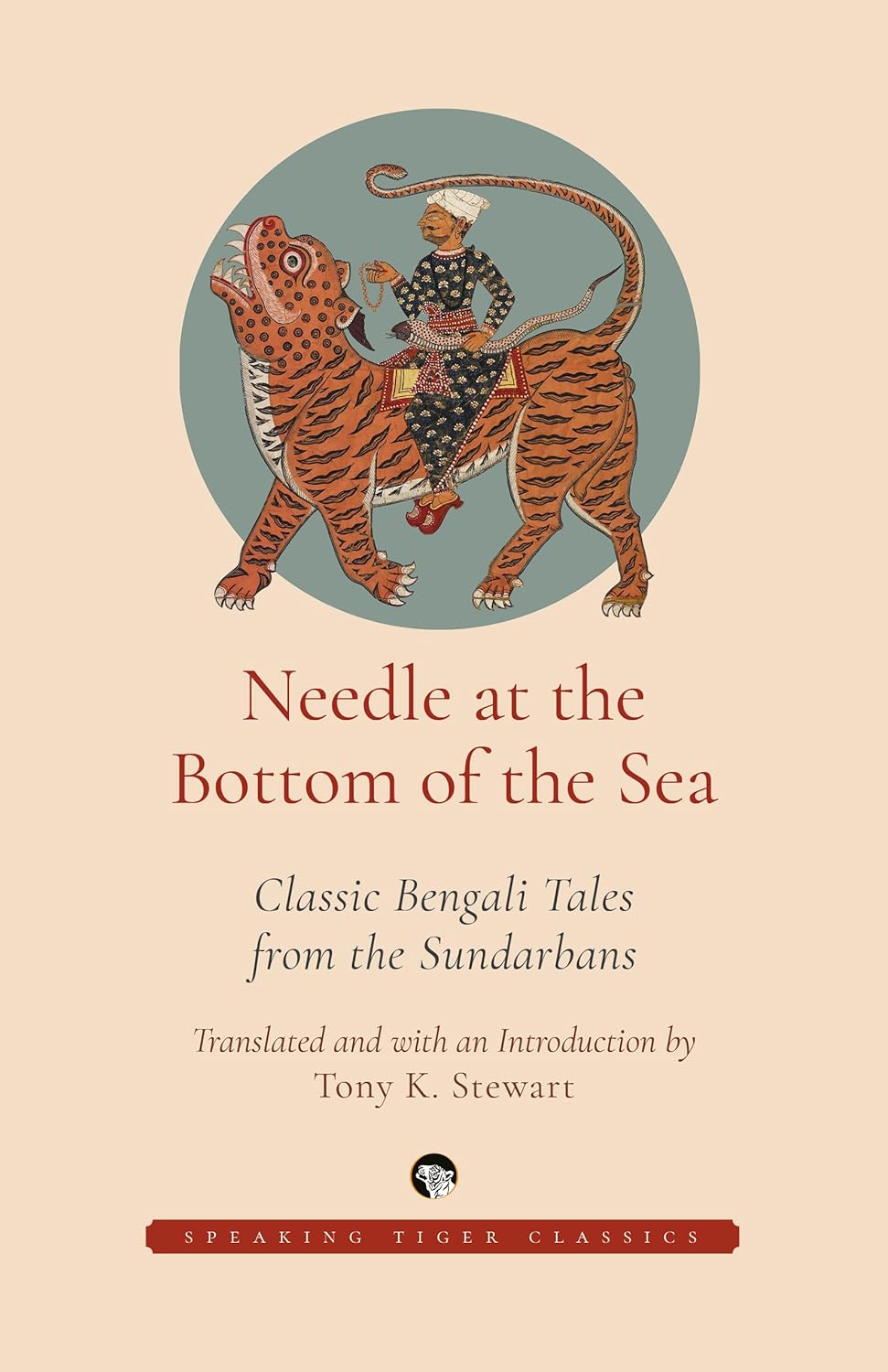NEEDLE AT THE BOTTOM OF THE SEA CLASSIC BENGALI TALES FROM THE SUNDARBANS
Availability :
In Stock
₹ 467.22
M.R.P.:₹ 599
You
Save: ₹131.78 (22.00% OFF)
(Inclusive
of all taxes)
Delivery:
₹ 0.00 Delivery charge
Author:
Translated and with an Introduction by Tony K. Stewart
Publisher:
Speaking Tiger
ISBN-13:
9789354478451
Publishing Year:
October 2024
No. of Pages:
418
Weight:
400 g
Language:
English
Book Binding:
Paperback











